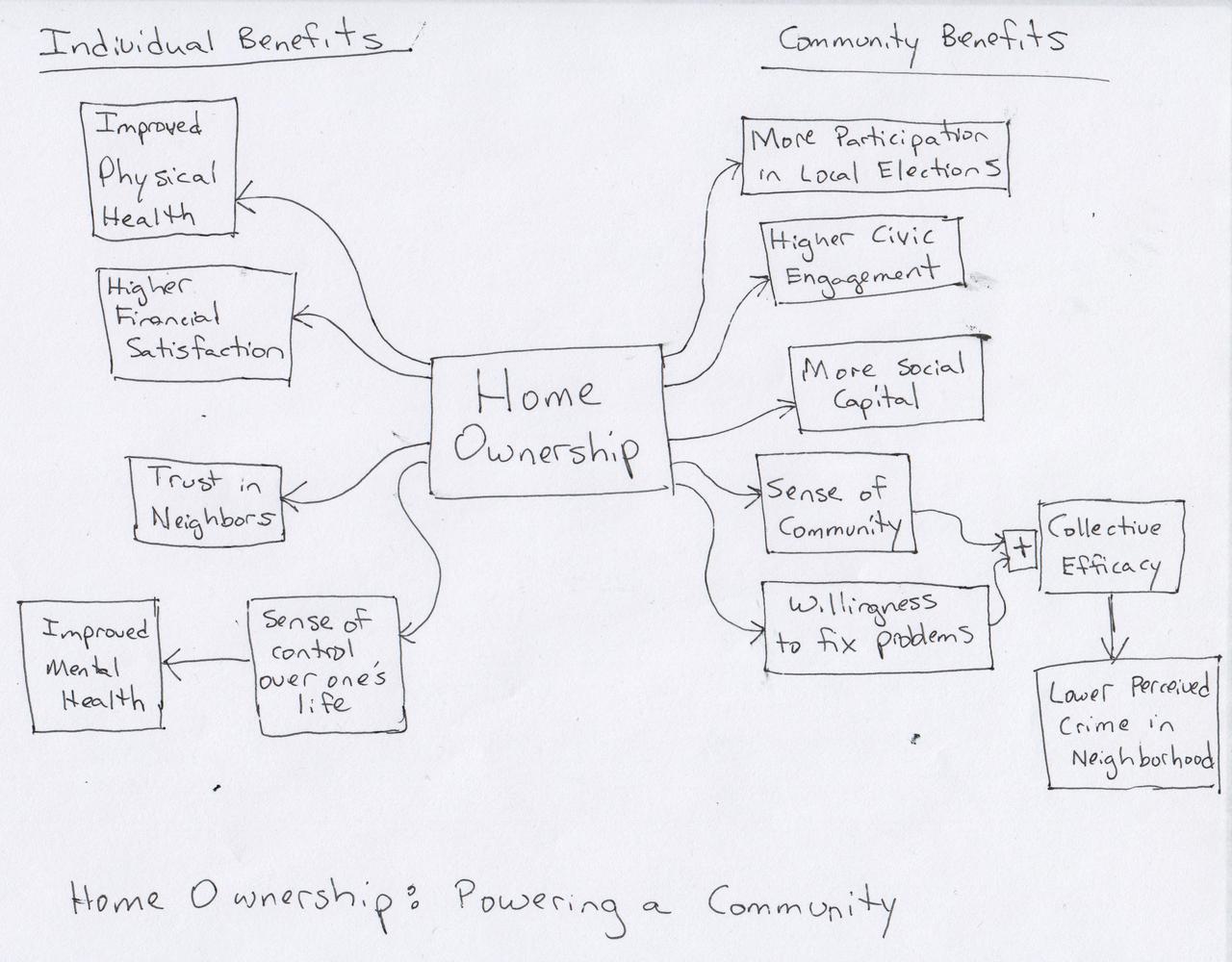Taxonomy and Field Guide Entries: Take 2
In last week's post I tried to organize the information to be presented into a hierarchy of some kind. I explored several maps showing the relationships between the different components related to the life cycle costs of home ownership. Although I did a good job mapping the information, there were a few problems. The biggest problem is that I was moving this project in a direction I don't want to go. Specifically, I don't want this to result in a business-like presentation that somebody from an MBA program would produce. Not that there is anything wrong with such presentations; educating people about financial literacy and home ownership is a critical function that somebody needs to do. The problem is that doing that would be painfully boring for me. I worked in the finance industry for too long and I really wanted to do something else for this class.
Central to my problems is the title: "Life Cycle Costs of NYC Home Ownership." The word "cost" and the concept of "life cycle costs" puts me in a mode of thinking that is hard for me to get away from.
This problem has moved me away from what I should have been focusing on, which is relating the abstract concept of energy to home ownership. In my first post I argued that "home ownership helps power communities," and I think focusing more on that sentiment would lead to a better and more interesting project.
To address this issue I asked Marina if I could change my topic title to something less limiting. Therefore my new topic is now going to be known as "Home Ownership: Powering a Community."
New Research
At this point I fear I've wasted some time going in the wrong direction and need to do new research to help support my topic. To help get me back on track I went to the library and talked to our dedicated librarian Margaret Smith. We did some searching in the library catalog and she helped me find were I could find books that address the community benefits of home ownership. Scheduling time to visit Margaret was a good choice; I found some informative books to check out and read at home.
A Place Called Home
One book stands out as being particularly useful. "A Place Called Home," by Manturuk, Linblad and Quercia documents research done at The Center for Community Capital at the University of North Carolina at Chapel Hill into the benefits of home ownership. What is particularly interesting about this book is the unique dataset the researchers had to study and their careful and rigorous methodology for analyzing it. Like all sociological studies done on data collected outside a lab, data analysis can be challenging because of the complexities of human behavior. In the context of home ownership, researchers can't randomly assign people to be home owners or renters and then measure the effects of each. People self-select to be home owners, and their reasons for selecting this option may be confounded with the effects the researchers are trying to measure, undermining the research results.
What's unique about these researchers' efforts is a dataset from the Community Advantage Program (CAP) that provided near-prime interest rate mortgages to low to middle income borrowers. In addition to providing loans to people who would not otherwise qualify for loans, an annual survey called the Community Advantage Program Survey (CAPS) was conducted to evaluate the effectiveness of the program. The survey collected information about the borrowers and a comparison group of similar renters. This comparison group allowed the researchers to use statistics to control for the other effects that would undermine the rigor of related studies on the benefits of home ownership.
The book explains the research methodology in detail in addition to the analysis and results. Using those results I can map out the direct and indirect effects of home ownership on the individual and community level.
New Taxonomy
After reading the entire book I was able to create a map showing the effects of home ownership.

Direct effects of home ownership emanate from the Home Ownership box in the center; secondary effects emanate from the primary effects.
What Can Your Field Guide Do?
In class Marina asked us several times to answer the question "What can your field guide do?" It's an important question. Who is this field guide for? What do I want the readers to do?
When I was in class I had no idea but now I have an answer. I'd like for this field guide to be for potential policy makers and community organizers to inform them about how home ownership can benefit community development. I'd like for them to enact or support policies that cultivate increased home ownership. I'd also like for them to understand the mechanisms through which home ownership imparts benefits onto home owners and realize that there are other related policies that can impart similar benefits onto those who rent.
Field Guide Prototype
I still need to build a draft version of my field guide for Tuesday, but at least now I have an idea of what that draft will look like. The front cover will feature my topic title and a simple illustration symbolizing a powered community. The inside will be the above diagram along with a short introduction for how to use the field guide. The remaining pages will be content explaining each of the individual benefits with a conclusion at the end.
Now I need to build that!
Comments